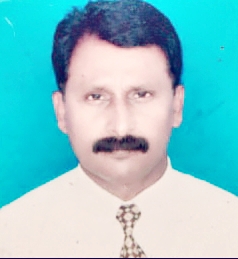#the Facts And Truths Of The Mahabharatha# Poem by SELLAMUTHU KANDASAMY
#the Facts And Truths Of The Mahabharatha#
IF YOU PROMISE YOU WILL BE IN TROUBLE
BHISHMA
IF YOU DO HARM IN FORENOON, YOU WOULD GET THE RESULT IN AFTERNOON
PANDU
IF YOU THINK GUILE, YOUR LIFE IS RUINED
SAGHUNI
THERE IS ALWAYS AN ANTI REACTION FOR YOUR EVERY ACTION
KUNTHI
IF YOU HAVE ANIMOSITY, ENIMITY IS CERTAIN
THRITHARASHTRA
PARENTS SIN CERTAINLY REACHES YOUR CHILDREN
GOURAVAS
GREED LEADS TO GREAT LOSS
DURIYODNA
BAD FRIENDSHIP ENDS IN DETRIMENT
KARNA
HARMFUL WORDS WOULD KILL YOU ONE DAY
PANCHALI
POSSESSING MORE PRIDE EVEN DHARMA FAILS
YUDHISHTRA
BODY POWER ALONE CAN NOT BRING VICTORY
BHIMA
IF SUPPORTERS ASSIST YOU IN TIME, YOU WILL SUCCEED
ARJUNA
EVEN IF YOU KNOW SHASTHRAS, IT MAY NOT HELP YOU IN TIME
SAHADEVA
SIMPLETON SPEED FETCHES YOU DEFEAT
ABIMANYU
INJUSTICE IS IMPOSSIBLE EVEN EITHER BROTHER OR KING
VIDHURA
EVEN MEDITATION GO WASTE
KANTHARI
GUIDE OTHERS BUT NEVER HELP SON TO COME UP
DHURONA
REALISING TRUTH AND POSSESS PATIENCE NEVER WORRY FOR ANYTHING
KRISHNA
OUR LIFE IS ALSO A BHARATH!
IF WE POSSESS ICONOCLASM with patience
OUR LIFE IS SUCCESS!
This poem has not been translated into any other language yet.
I would like to translate this poem